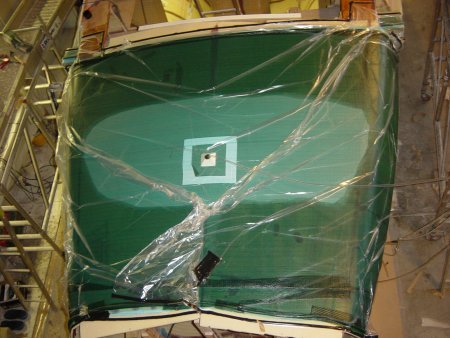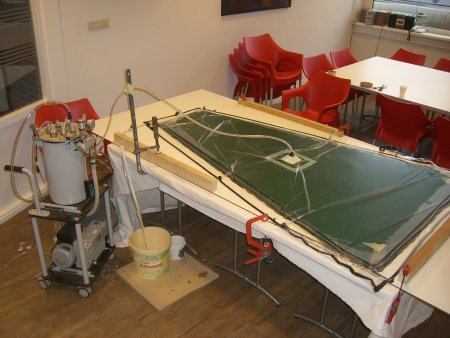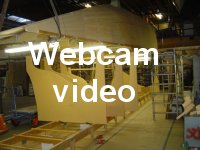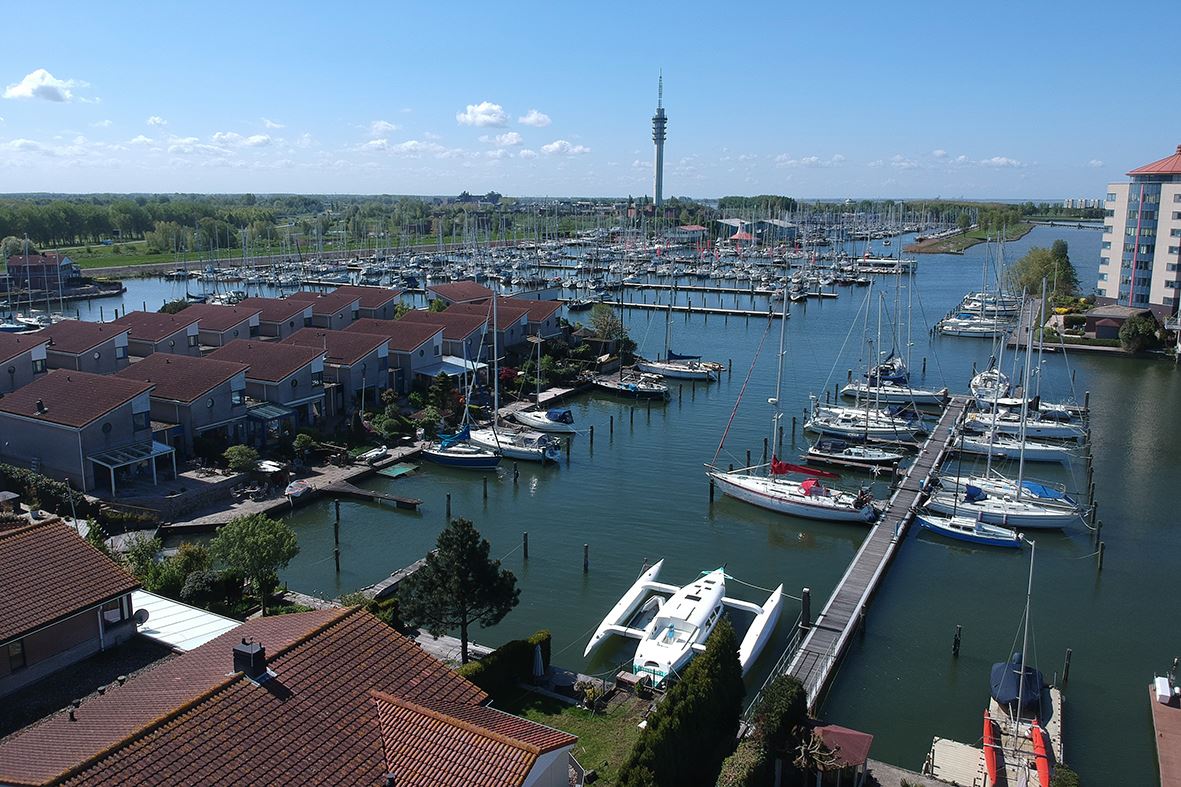Good vacuum equipment is the key factor for a successful infusion and this is certainly the case for larger parts. I am a very happy user of the professional Vacmobile vacuum equipment and since the introduction of the new 2S Modular Vacuum System my “old” 20/2 system was eagerly waiting for a new project. See the introduction of the 20/2 in this post.
Last week my 20/2 machine found a new home in a very nice building project of a Schionning designed G-Force 1500C catamaran.
This transfer gave me the opportunity to receive the Vacmobile modular 2S System, equipped with the PVR EM28/B vacuum pump with a capacity of 28m3/rh (16.5 cfm) and a vacuum level of at least 20 mbar. For the best possible versatility the RT19 resin trap is provided with eight vacuum connections, 3×1/2″, 3×3/8″ and 2×5/8″

The first test run gave me an absolute pressure of 15 mbar (which is very good for such a big machine) and a vacuum drop of only 2 mbar after 24 hours. Impressive numbers!
I’m ready for the next infusion 🙂
Please go to the website of Vacmobiles where you can find an extensive explanation of this outstanding equipment together with detailed specifications and benefits.
Apart from that, I have to mention some striking details for me as end user:
– First of all the very promptly shipping by Fedex, in just three days from New Zealand to my workshop in the Netherlands.
– The package of the equipment is outstanding, very sturdy and well thought out. I can recognize a labor of love.
– It is a really ready to use out of the box system for the normal 220V 50Hz power supply in our country.
– Some very smart details in the resin trap, such as the high integrity vacuum connections, the silicone rubber guide tubes to reduce resin spatter, a resin contamination only to disposable surfaces such as the disposable clear PVC shield that protects the glass view port, the easy removal of the trap lid by two quarter turn twist-lock handles and a vacuum pump connection on the side of trap body, not on trap lid so the pump connection is not disturbed when trap lid is removed.
– And not to forget a small LED torchlight for a watching eye on the resin level in the resin trap (detail!)
– In my personal view the whole system excels in craftsmanship and durability.
Please drop me a line when you want to see the 2S system in action. There are some possibilities in my workshop or by assisting you as primary or secondary system for your own infusions.
52.536130
5.444909




 Posted by Fram
Posted by Fram 



































